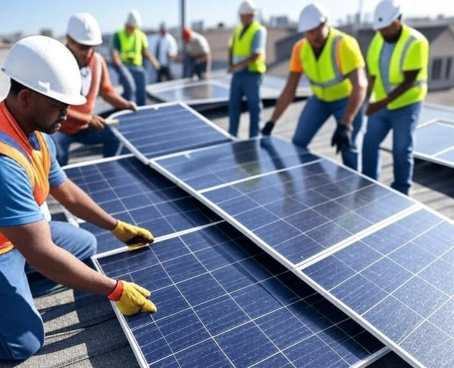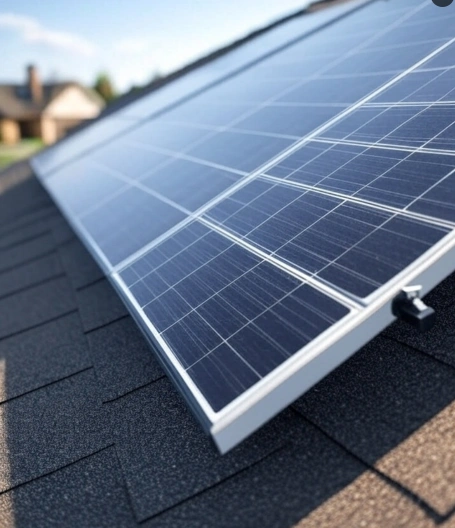
With the increasing demand for solar energy in the U.S., residential solar panel installation costs can vary significantly depending on factors like location, local labor costs, solar incentives, and the overall power needs of a home. In this article, we will explore the cost of installing solar panels in the U.S., as well as some key factors that impact those costs.
As of 2025, the average installation cost for residential solar panel systems in the U.S. is as follows:
Cost per Watt: Approximately $2.82.
Total cost for a 6kW system: Around $19,026.
Total cost for a 10kW system:Around $28,241.
Cost after Federal Tax Credit: Around $19,873.
The installation cost of solar panels varies greatly from state to state, depending on factors such as local energy prices, labor costs, and available state incentives. Below is an overview of the average costs for a 6kW solar system in different U.S. states:
California: $2.80 per watt, total cost about $19,223.
Texas: $2.73 per watt, total cost about $21,579.
New York: $3.21 per watt, total cost about $20,435.
Florida: $2.56 per watt, total cost about $18,586.
Illinois: $2.95 per watt, total cost about $19,290.
Several factors influence the cost of solar panel installations:
System Size: Larger systems (like 10kW) usually have a lower cost per watt.
Power Demand: Homes with higher power needs may require larger systems, raising the total cost.
Solar Irradiance: Areas with more sunlight (like Arizona) might need smaller systems to meet energy needs.
Labor Costs: Urban areas typically have higher labor costs, which may increase installation expenses.
State-Specific Incentives: Some states offer additional tax credits or rebates that reduce installation costs.
Federal Tax Credit: The federal government offers a 30% tax credit for solar systems installed between 2022 and 2032.
State Incentives: Many states provide additional incentives such as rebates, tax credits, and net metering programs.
Choosing the Right Installer: Comparing quotes and services from different solar installers can help you find the best value for your investment.
Selecting the Right System Size: Choose the right system size based on your home's actual energy needs to avoid overspending on excessive capacity.
The cost of installing solar panels in the U.S. varies significantly depending on the state, system size, and available incentives. While the initial investment can be high, solar panels provide long-term savings on energy bills and can be made more affordable through federal and state incentives. Before deciding to install solar panels, it’s important for consumers to understand the available incentives, local costs, and potential savings. This will help make an informed decision and ensure a smart investment in clean energy.





